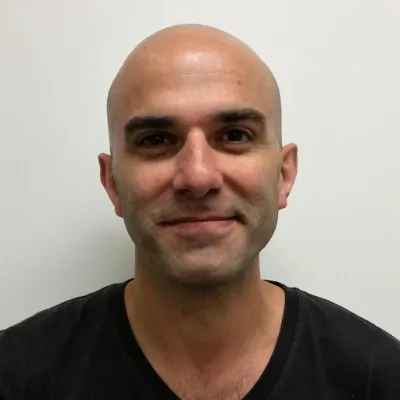Hip pain can often have a gradual start, making it very hard to discover the cause. Pain could potentially be coming from muscles, hip joint, the lower back, even the pelvis itself. To discover the cause, we need to look at how it behaves over the course of a day, which will also help to plan your management and rehab.
Typically if you wake up with pain, there is an inflammatory component to the condition. This can occur with joint inflammation, which we see in hip osteoarthritis and lumbar spine arthritis. If the pain gets worse as the day goes on, this can often be linked to muscle fatigue and overload. It may not be the muscle directly causing the pain but muscle fatigue creates additional load on other structures including tendons and other connective tissues.
Your GP may organise scans for your hip, pelvis or back but these may not provide useful information, only confirming simple age-related changes which may or may not relate to your current pain. More advanced scans, such as MRI, can be helpful but they still won’t assist in planning your management strategy as it needs to focus on your function.
The best approach is to have a detailed clinical assessment to make a diagnosis and discover any deficits or functional limitations that will then become the focus of the rehab plan. Most hip pain pathologies will respond remarkably quickly to a carefully designed exercise program. But here’s the thing – if the exercises are not well designed to match your biomechanics, they may inadvertently overload the area and cause a worsening of the condition.
So if we had to nominate one thing that makes the biggest difference to the success of hip pain rehab it would be a detailed biomechanical assessment rather than just trying the “classic treatment” of basic strength exercises and stretchers.
We find most people with hip pain, no matter how chronic, get noticeable relief within 7 to 10 days and have their hip pain resolved in around 6 to 7 weeks.
Written by
Pete Colagiuri
Sports Physiotherapist
Pete has over 20 years experience as a Physiotherapist and specialises in running biomechanics and complex injuries. He believes that you must identify and fix the underlying cause of an injury, to recover faster, prevent recurrences and improve performance.


